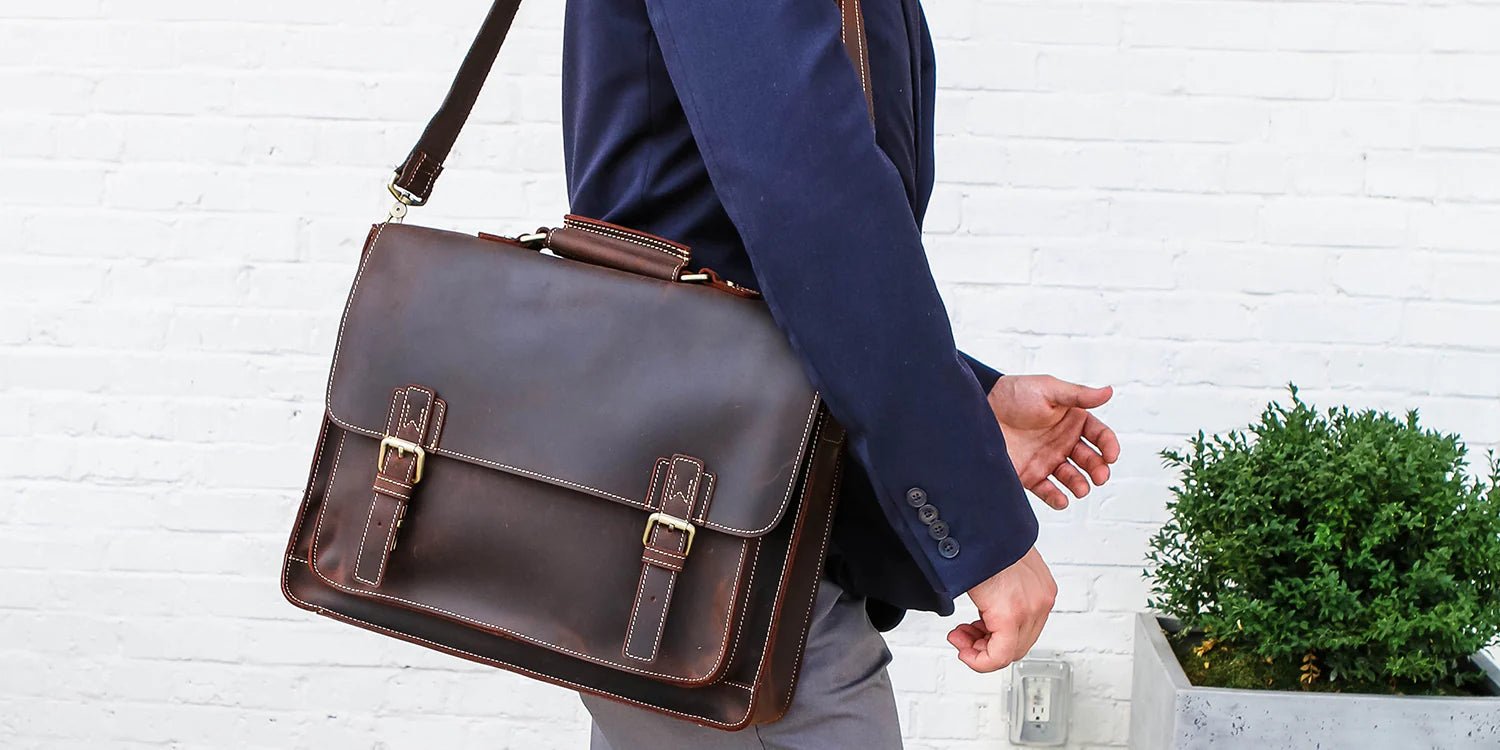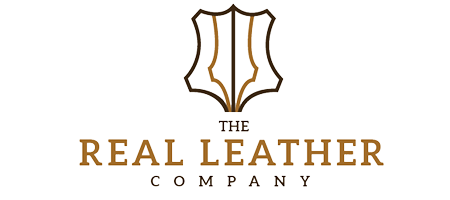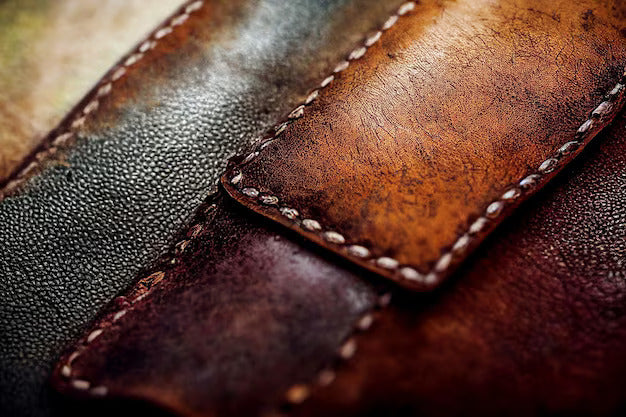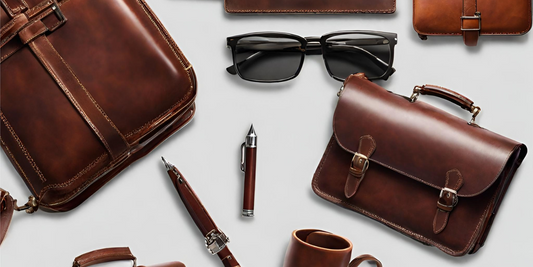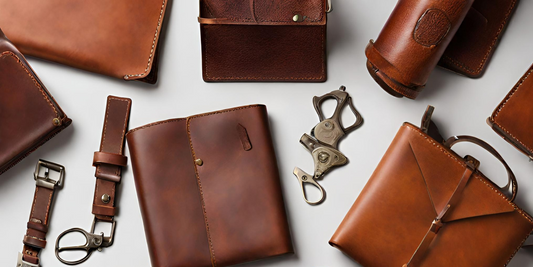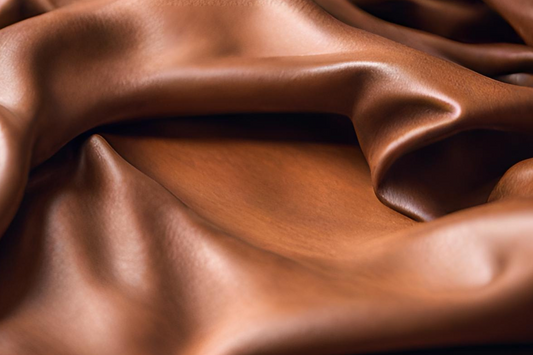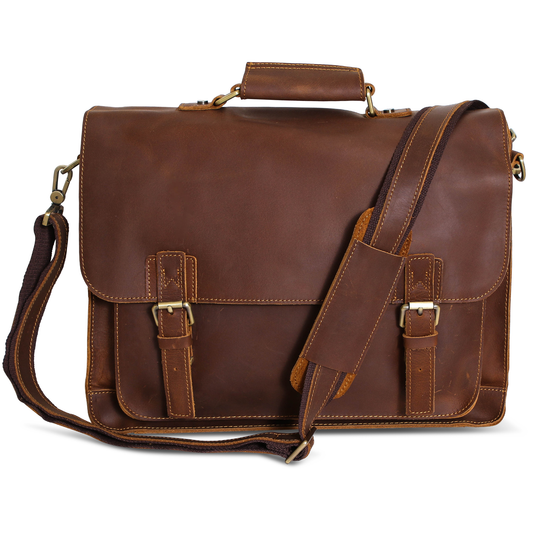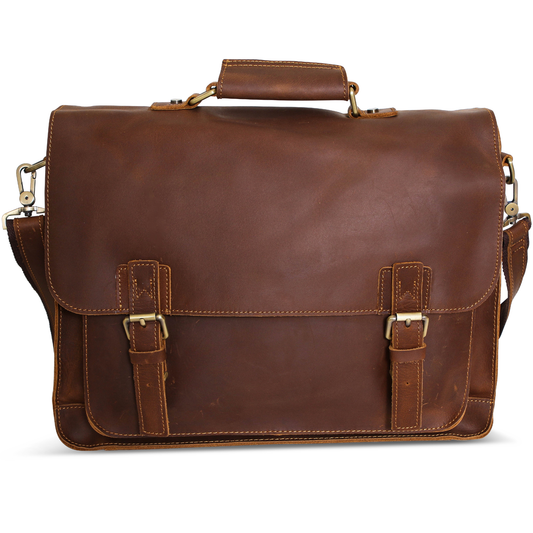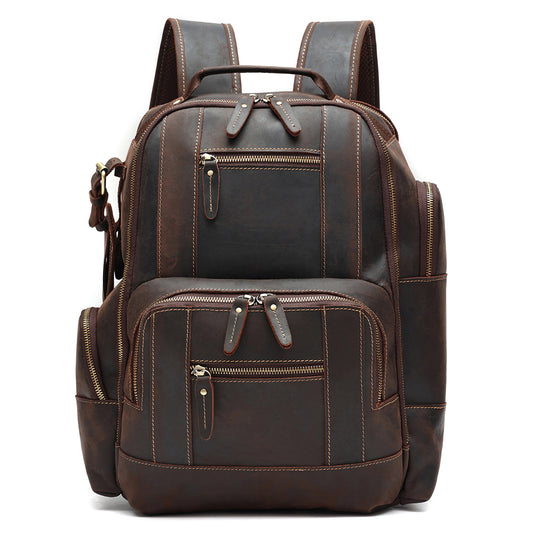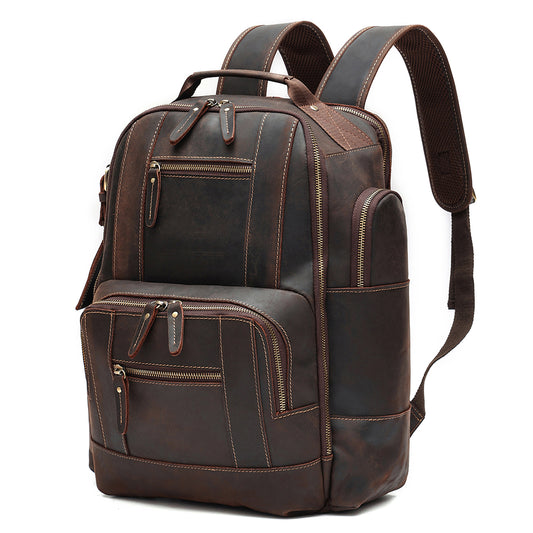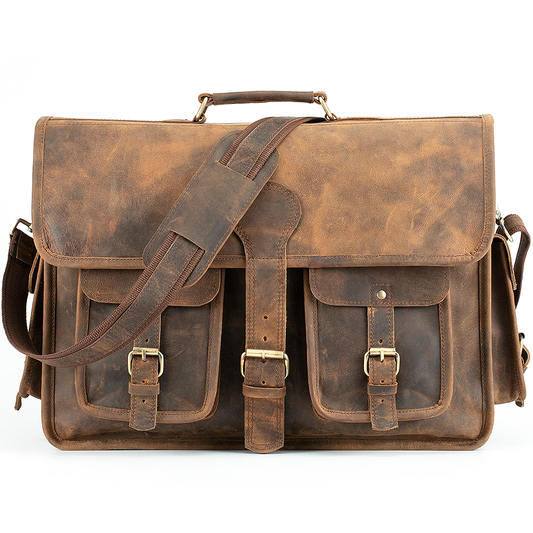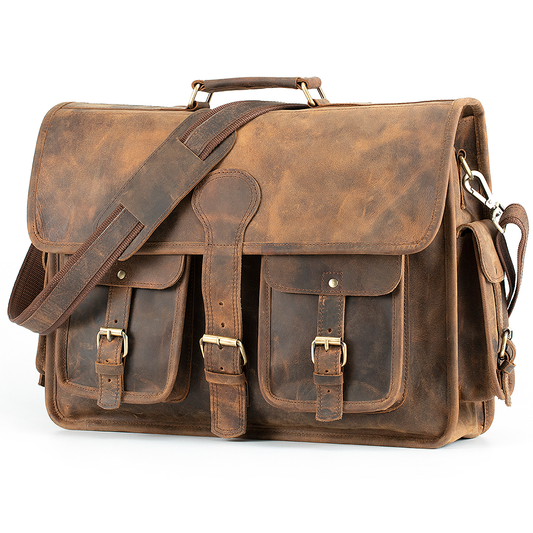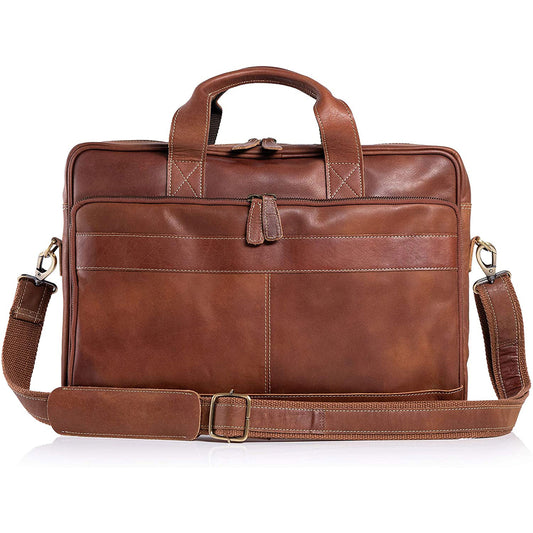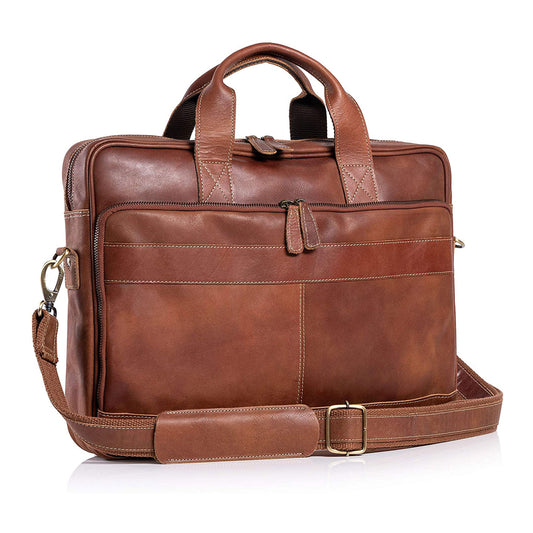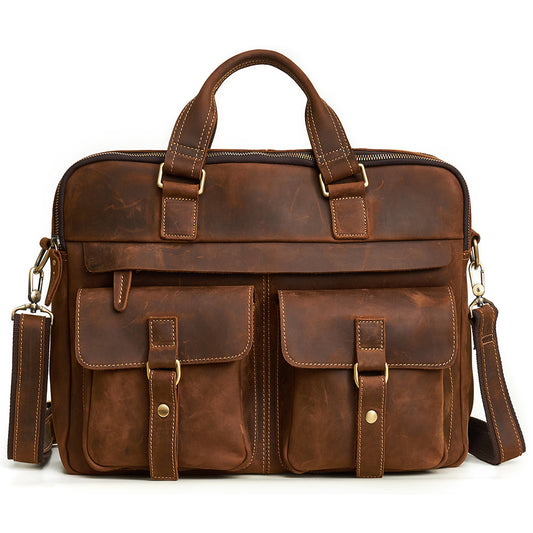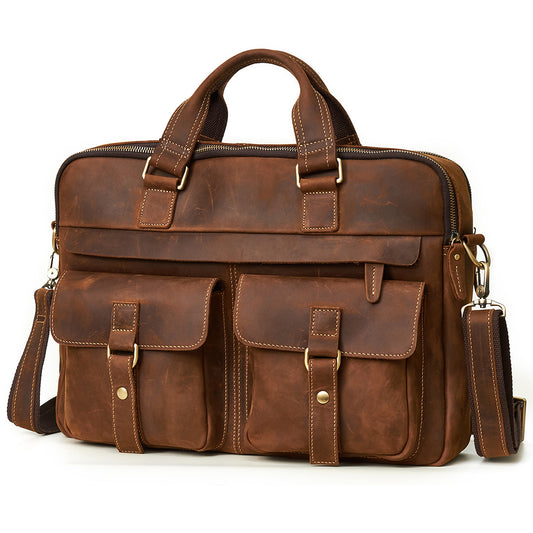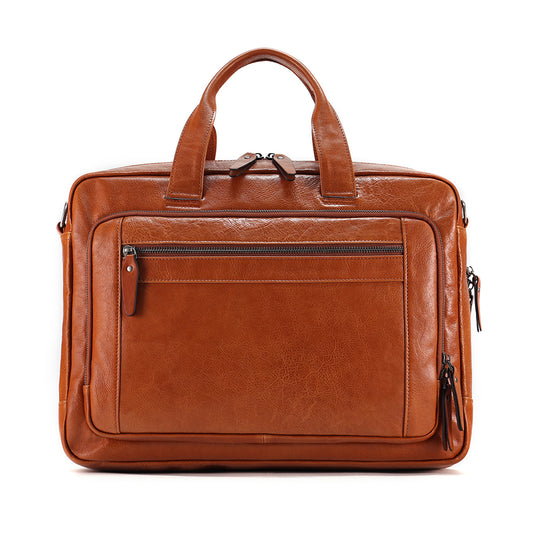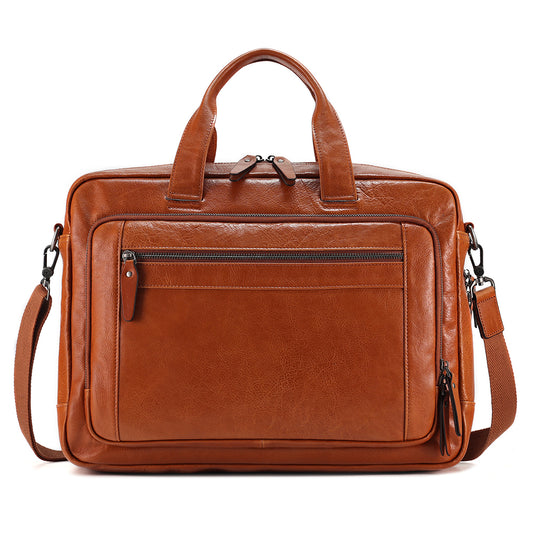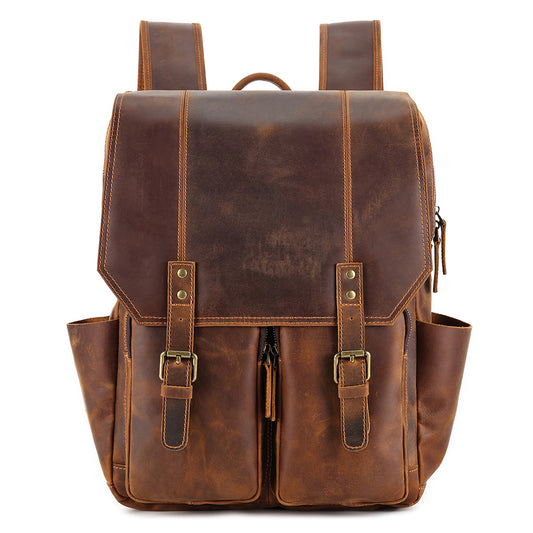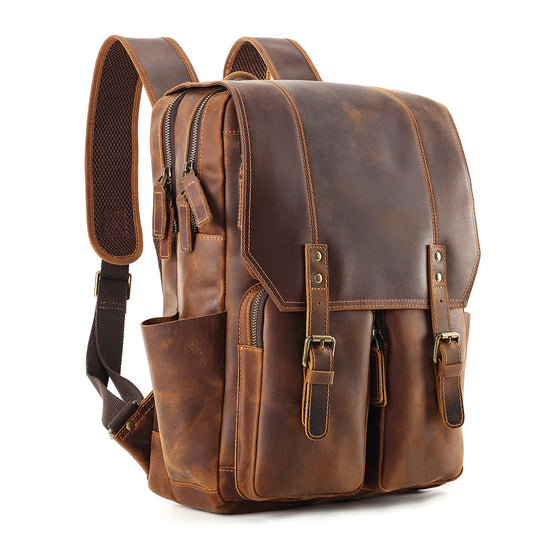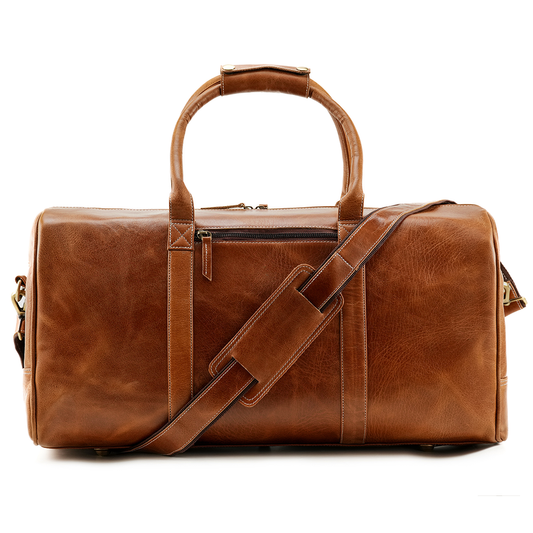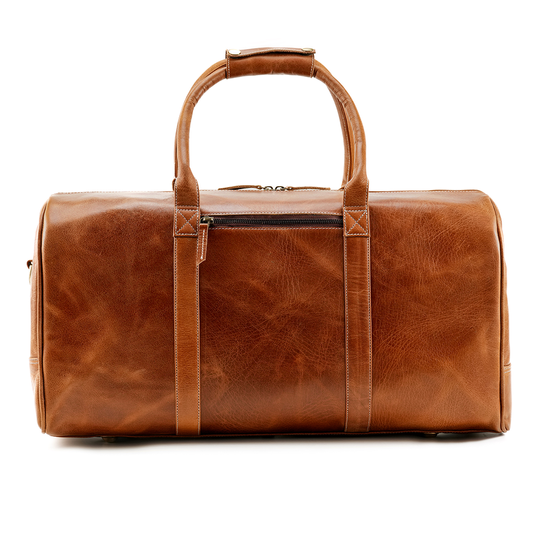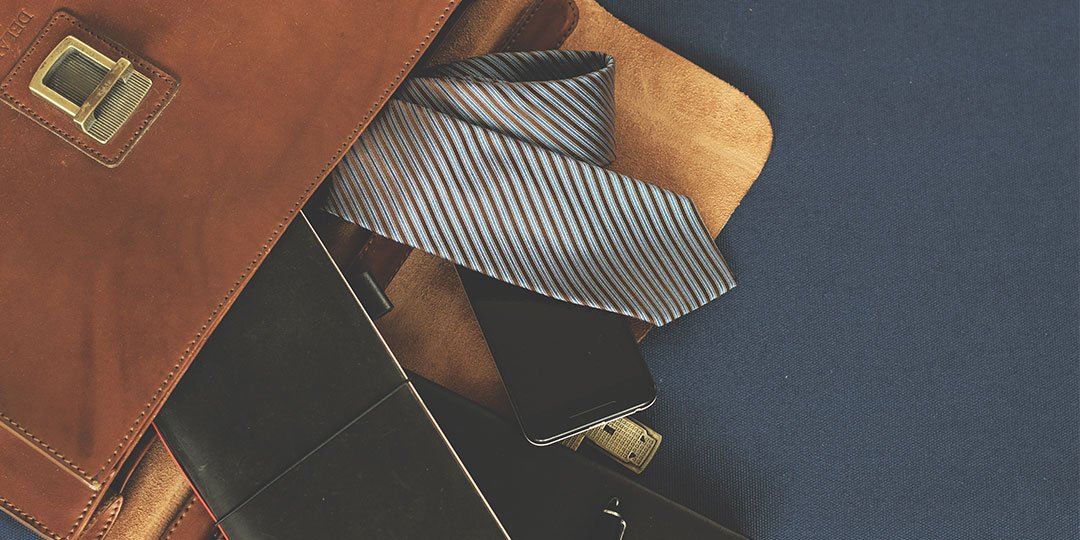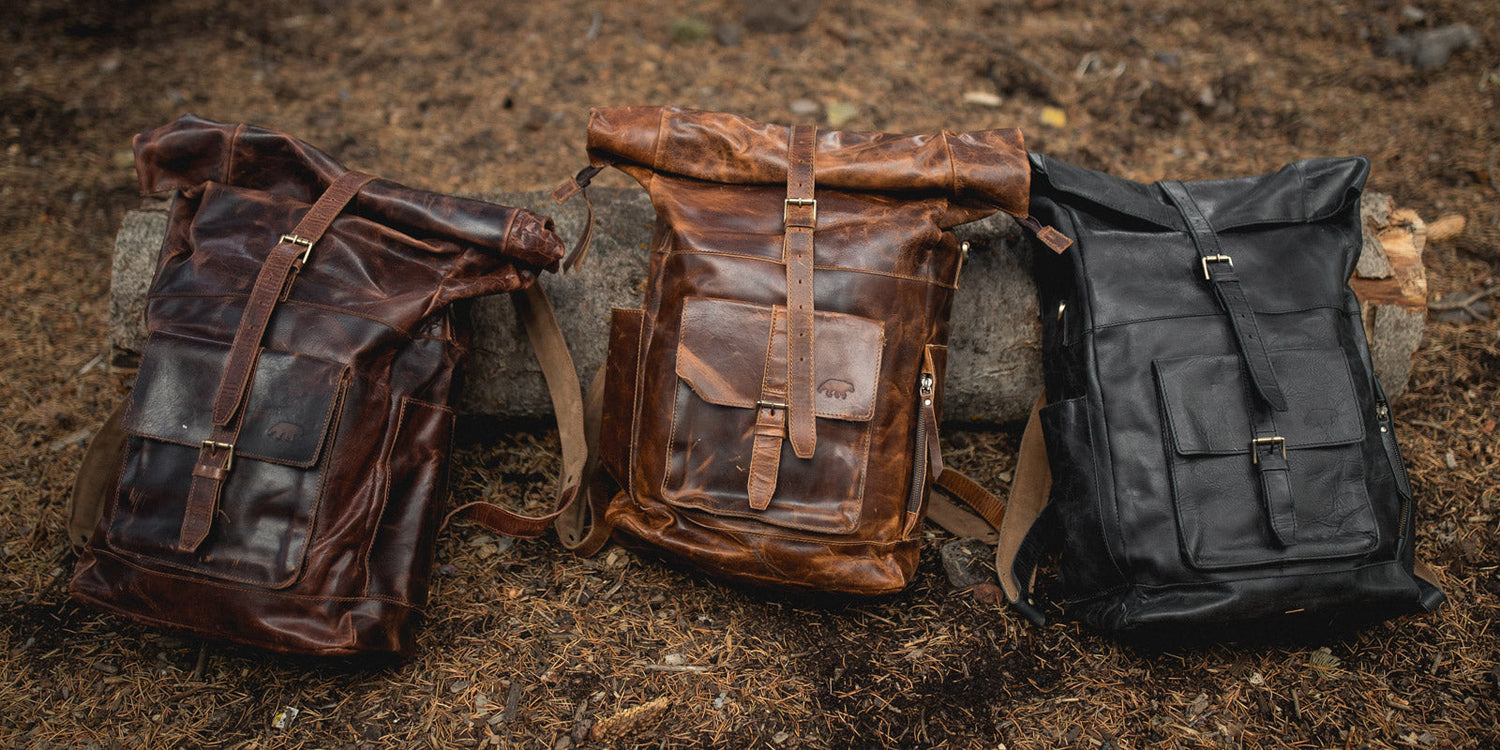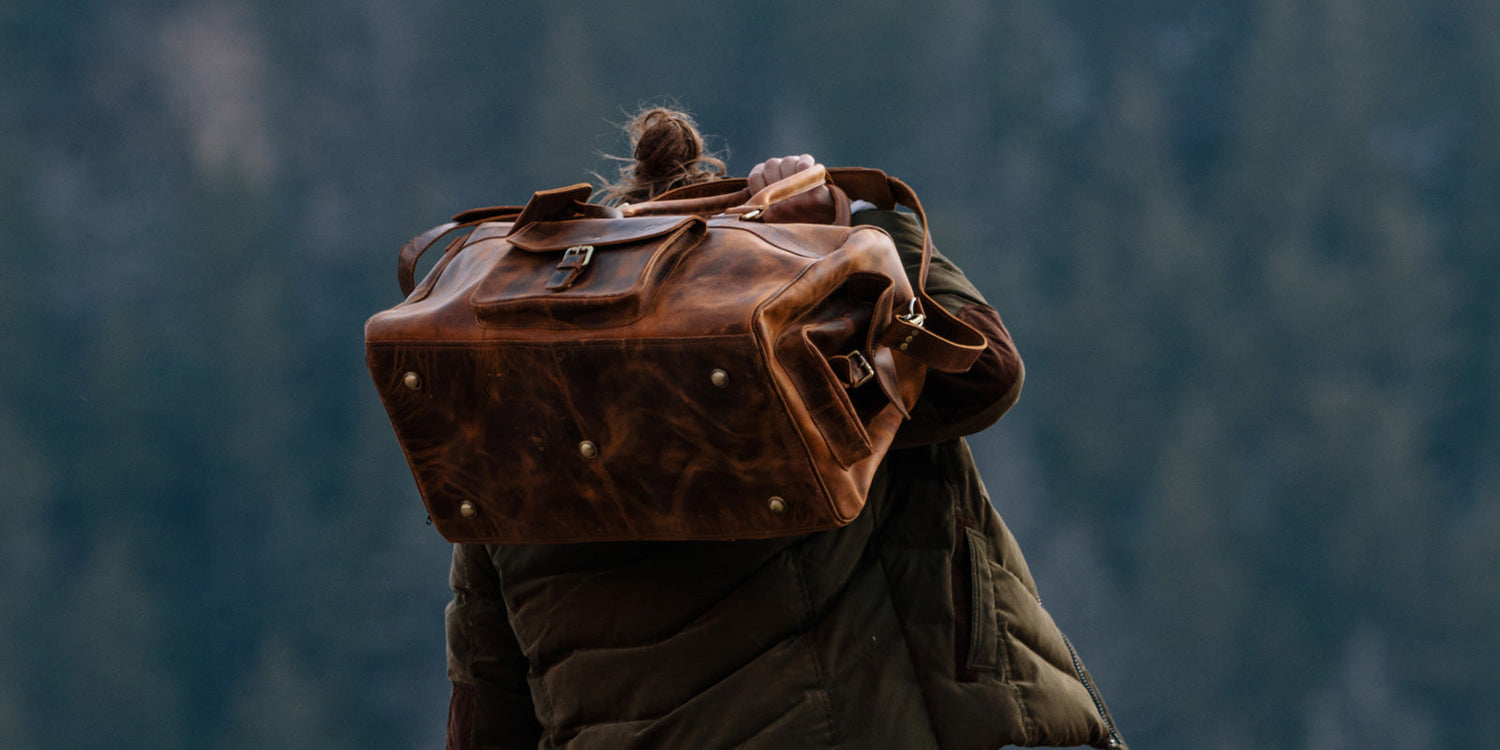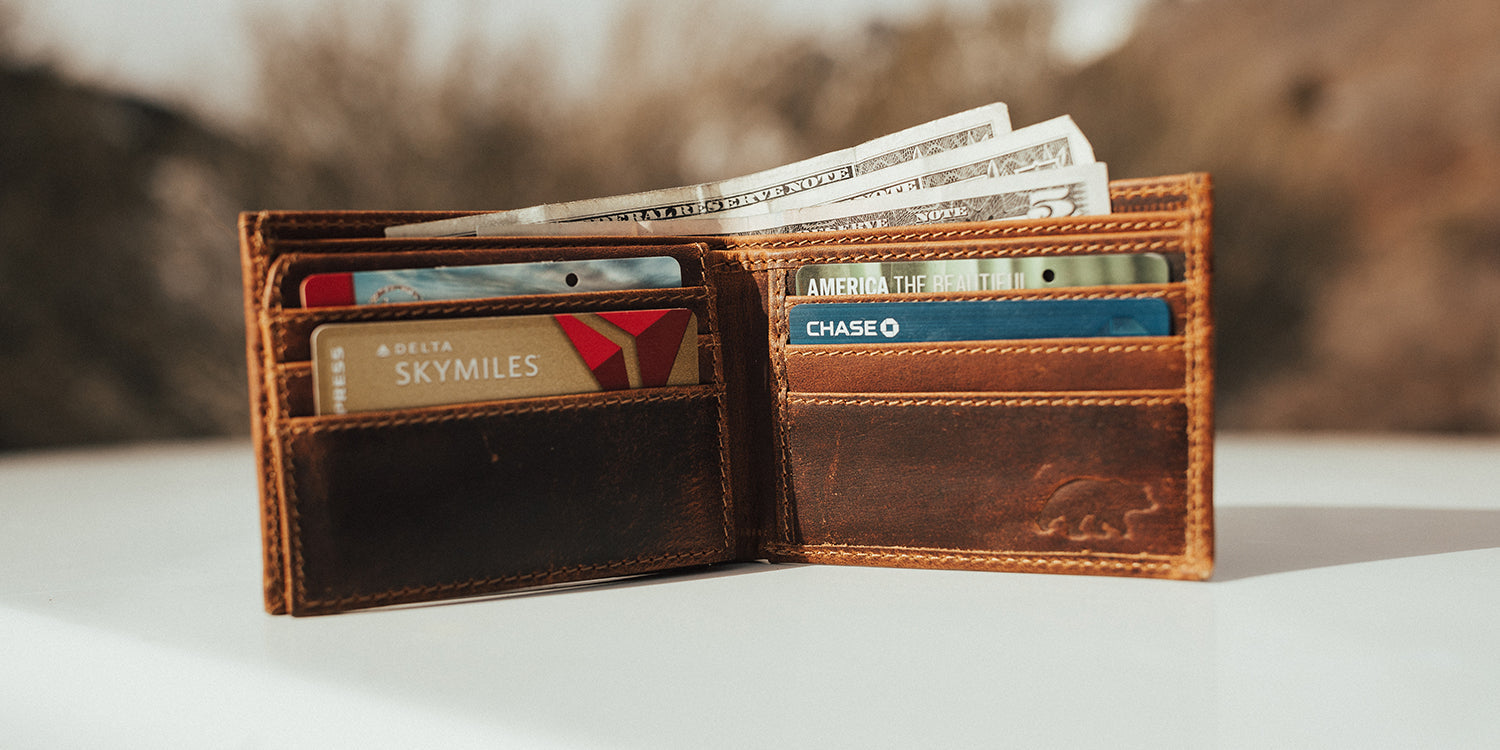Step into a realm where age is not a flaw but a hallmark of authenticity.
Leather patina, with its rich hues and intricate textures, tells the story of a life well-lived, inviting you to cherish each moment and celebrate the journey.
Learn all the ins and outs of leather patina in this guide.
What is Leather Patina?
Leather patina is the natural aging process that occurs in high quality leather over time.
It's like a unique fingerprint that develops as the leather interacts with its environment and is exposed to various elements.
Patina gives leather its distinctive character, depth, and richness, making each piece unique.
During the patina process, leather undergoes changes in color, texture, and sheen, resulting in a beautiful, lived-in appearance.
This transformation is highly prized among leather enthusiasts and connoisseurs for its ability to enhance the overall aesthetic appeal of leather goods.
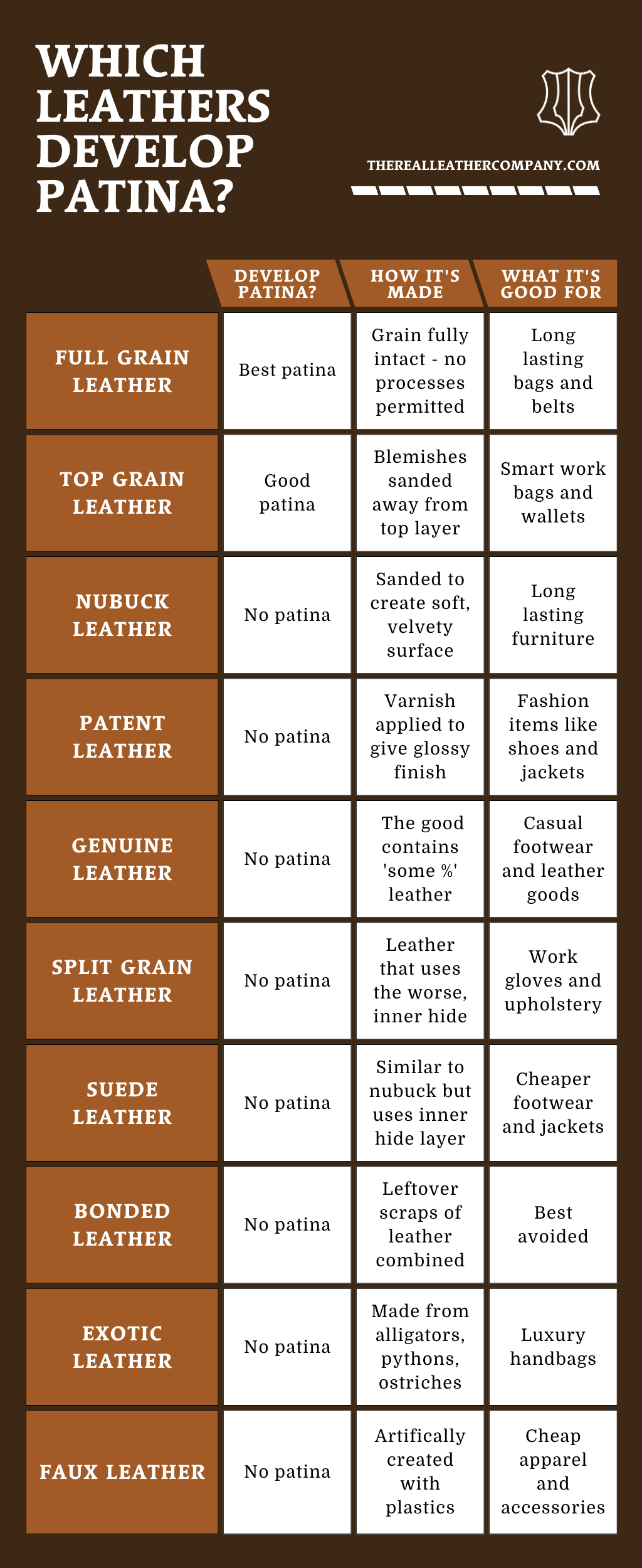
Why Does Leather Patina Matter?
Leather patina matters for several reasons, each highlighting the value it adds to leather products.
Uniqueness and Character
Leather patina creates a one-of-a-kind appearance for each item, distinguishing it from mass-produced alternatives.
The distinct patterns and shades that develop over time reflect the owner's usage and experiences, adding a personal touch to the product.
Quality Indicator
The ability of leather to develop a rich patina is often considered a hallmark of high-quality materials.
It demonstrates the leather's authenticity, natural origins, and durability.
As the patina forms, it acts as evidence of the leather's resilience and ability to withstand the test of time.
Aesthetic Appeal
Patina enhances the visual appeal of leather goods, imbuing them with a timeless elegance and sophistication.
The subtle variations in color and texture contribute to a sense of depth and richness, elevating the overall aesthetic of the item.
Storytelling
Leather patina tells a story of the item's journey, reflecting the adventures and experiences of its owner.
Whether it's a well-traveled leather bag or a cherished leather jacket, the patina serves as a visual reminder of the memories associated with the piece.
Environmental Impact
Embracing leather patina aligns with sustainable practices by promoting the longevity and reuse of leather goods.
Instead of discarding items when they show signs of wear, the development of patina encourages owners to cherish and maintain their possessions, reducing the need for frequent replacements.
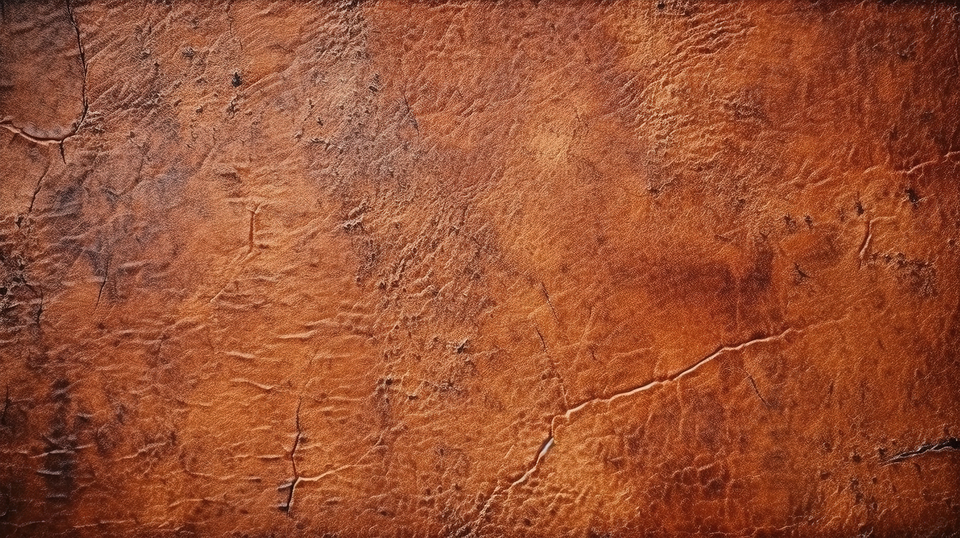
Which Types of Leather Develop Patina?
Here's a breakdown of the types of leather that typically develop patina and those that don't:
Leathers That Develop Patina
1. Full Grain Leather
Full grain leather, known for its natural grain and minimal processing, is highly conducive to developing a rich patina.
Because it retains the outermost layer of the hide, full grain leather is more susceptible to absorbing oils, moisture, and other elements from its surroundings, leading to gradual changes in color and texture over time.
The resulting patina enhances the leather's beauty and durability, making it a favorite among leather aficionados.
Full grain leather is the highest grade of leather and will typically develop the best patina over time.
2. Top Grain Leather
While not as prone to developing patina as full grain leather, top grain leather can still exhibit some patina characteristics over time.
Like full grain leather, top grain leather retains the natural grain of the hide but undergoes additional surface treatments to remove imperfections.
While these treatments inhibit patina development to some extent, top grain leather can still acquire a subtle patina with regular use and proper care.
Leathers That Do Not Develop Patina
1. Corrected Grain/Genuine Leather
Corrected grain leather is a type of leather that has undergone extensive surface alterations to remove imperfections such as scars and blemishes.
These alterations typically involve sanding or buffing the surface and applying a finish to create a uniform appearance.
As a result, corrected grain leather lacks the natural characteristics and depth necessary for developing patina.
2. Bonded Leather
Bonded leather is composed of scraps of leather fibers bonded together with adhesives and then coated with a layer of polyurethane or other synthetic materials.
Due to its synthetic coating and lack of natural grain, bonded leather does not develop patina like full grain or top grain leather.
Instead, it tends to deteriorate over time, with the bonded layers separating and peeling.
3. Faux Leather
Only real leathers can develop patina on the surface of the leather. Faux leathers have often had the top layer removed and plastics and chemicals applied.
This prevents any patina forming.
4. Suede Leather
Suede is also unable to develop patina as the underside of the hide is used in production.
As the top layer has been removed, patinaed leather is not possible in suede.
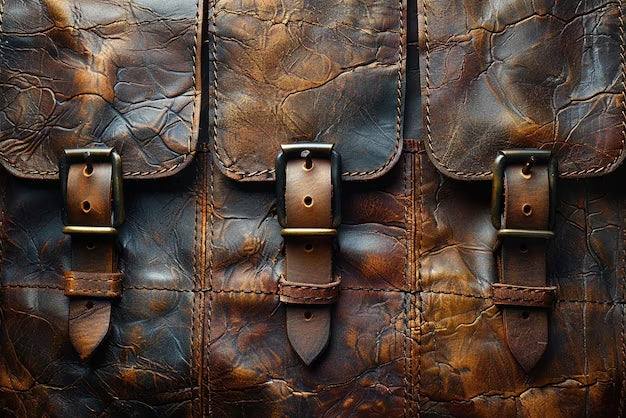
What Causes the Leather Patina Process?
Leather patina is a gradual process that unfolds over time as the leather interacts with its environment. Here are the factors that contribute to leather patina.
1. Exposure to Light
Exposure to natural and artificial light plays a significant role in the development of leather patina.
Over time, ultraviolet (UV) radiation from sunlight causes chemical reactions within the leather, leading to changes in color and surface texture.
This exposure results in the gradual darkening of the leather and the formation of a rich, lustrous patina.
2. Contact with Oils and Moisture
Body oils from the skin, as well as natural oils and moisture present in the environment, can penetrate the leather fibers, nourishing and conditioning the material.
As the leather absorbs these oils and moisture, it undergoes subtle changes in color and texture, contributing to the development of patina.
Areas of frequent contact, such as handles and corners on leather bags, often exhibit deeper patina due to increased exposure to oils and friction.
3. Handling and Use
Regular handling and use accelerate the patina process by introducing friction and wear to the leather surface.
With each use, the leather flexes and creases, gradually softening and molding to the contours of its owner's body or surroundings.
This natural wear and tear result in the formation of unique creases, wrinkles, and marks that enhance the character and charm of the leather over time.
4. Environmental Conditions
Environmental factors such as temperature, humidity, and air quality can influence the rate and intensity of leather patina development.
Leather exposed to dry, arid climates may develop a more pronounced patina due to increased moisture loss and dehydration, while leather in humid environments may experience slower patina development but may be more susceptible to mold and mildew.
5. Quality of Leather
The quality of the leather itself plays a crucial role in the development of patina.
Full grain leather, with its intact grain surface and minimal processing, is more conducive to developing a rich, natural patina compared to corrected grain or bonded leather, which lack the inherent characteristics necessary for patina development.
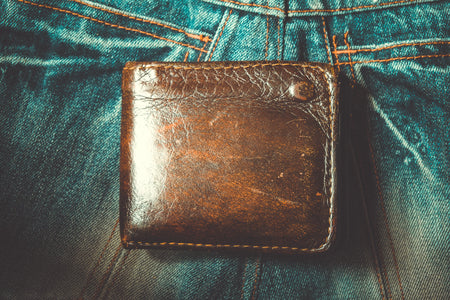
Drawbacks of Patinaed Leather
While leather patina offers numerous benefits, there are also some potential drawbacks to consider:
Initial Appearance
Some individuals may prefer the pristine look of new, untreated leather and may find the initial stages of patina development unappealing.
The natural variations and imperfections that emerge during the patina process may not appeal to those who prefer a more uniform and polished appearance.
Uneven Development
Patina development can be uneven, with certain areas of the leather aging more quickly or intensively than others.
This unevenness may detract from the overall aesthetic appeal of the leather item, particularly if it results in noticeable inconsistencies or blemishes.
Maintenance Requirements
Leather items that develop patina require regular maintenance and care to preserve and enhance the patina's appearance.
Without proper cleaning, conditioning, and protection, the patina may become dull, faded, or damaged over time, detracting from the item's overall beauty and longevity.
Limited Reversibility
Once leather develops patina, it is difficult or impossible to reverse the aging process and restore the leather to its original appearance.
While some patina can be mitigated or minimized with professional restoration techniques, these methods may be costly and may not fully restore the leather to its former condition.
Allergies and Sensitivities
Individuals with allergies or sensitivities to certain substances found in leather, such as tannins or dyes, may experience adverse reactions when exposed to patina-developing leather items.
Consider potential health concerns when choosing and caring for leather goods, particularly for those with known sensitivities.
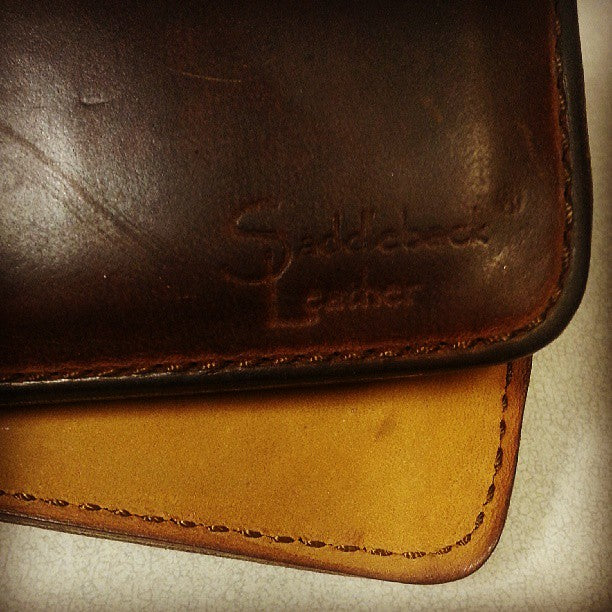
Leather Care for Patina
Caring for the patina an item like a leather messenger bag is essential to maintain its beauty, durability, and longevity.
Proper maintenance and care not only help preserve the patina's appearance but also protect the leather from damage and ensure that it continues to age gracefully over time.
Here are some tips for effectively caring for your leather bag's patina:
1. Regular Cleaning
Clean your leather bag regularly to remove dirt, dust, and other debris that can accumulate on the surface and dull the patina.
Use a soft, damp cloth to gently wipe down the leather, taking care not to scrub too harshly or use abrasive cleaners that could damage the patina.
2. Conditioning
Conditioning is vital for keeping leather soft, supple, and nourished, which helps maintain the integrity of the patina.
Choose a high-quality leather conditioner and apply it to your bag periodically, following the manufacturer's instructions.
Conditioning not only replenishes the leather's natural oils but also helps prevent it from drying out and cracking over time.
3. Protection
Protect your leather bag or leather wallet from excessive exposure to sunlight, moisture, and other environmental elements that can accelerate patina development and cause damage to the leather.
Store your bag in a cool, dry place away from direct sunlight when not in use, and consider using a protective spray or conditioner to create a barrier against water and stains.
4. Avoiding Harsh Chemicals
Avoid using harsh chemical cleaners, solvents, or alcohol-based products on your leather wallet, as these can strip away the natural oils and dyes that contribute to the patina's appearance.
Instead, opt for gentle, pH-balanced leather cleaners and conditioners specifically designed for use on leather goods.
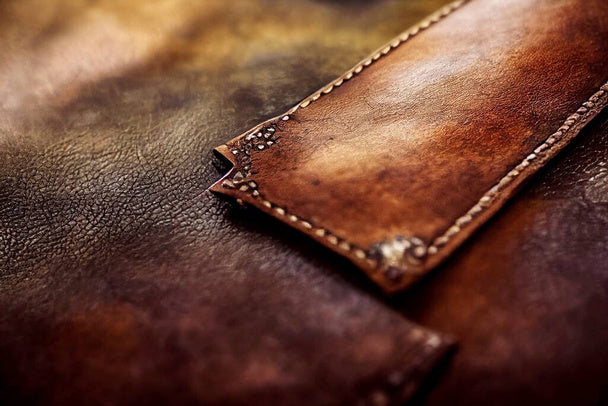
How to Enhance a Leather Patina
Enhancing and preserving the patina of your leather goods is a rewarding process that requires careful attention and maintenance.
Whether you're looking to deepen the existing patina or protect it from further wear, here are some valuable tips to help you maintain the beauty and integrity of your leather patina:
1. Regular Conditioning
Conditioning your leather goods regularly is essential for preserving and enhancing the patina.
Choose a high-quality leather conditioner and apply it to the leather surface using a soft cloth or sponge.
Conditioning helps replenish the natural oils in the leather, keeping it supple and nourished to maintain the integrity of the patina.
2. Avoid Overconditioning
While conditioning is important, overconditioning can lead to a buildup of oils and waxes on the leather surface, dulling the patina and attracting dirt and debris.
Follow the manufacturer's recommendations for conditioning frequency and avoid applying excessive amounts of conditioner to prevent buildup.
3. Use Leather Protectants
Consider using a leather protectant or waterproofing spray to create a protective barrier against moisture, stains, and other environmental hazards.
Apply the protectant evenly to the leather surface and allow it to dry thoroughly before use.
Be sure to choose a protectant specifically designed for use on leather to avoid damaging the patina.
4. Handle with Care
Handle your leather goods with care to minimize the risk of scratches, scuffs, and other signs of wear that can detract from the patina's appearance.
Avoid dragging or dropping your leather items on rough surfaces, and store them in protective pouches or dust bags when not in use to prevent damage.
5. Keep Away from Direct Sunlight
Prolonged exposure to direct sunlight can accelerate the fading and drying out of leather, causing the patina to lose its richness and depth.
Store your leather goods in a cool, dry place away from windows or direct sunlight when not in use to preserve the integrity of the patina.
6. Rotate Usage
If you have multiple leather items, consider rotating their usage to prevent excessive wear and tear on any one piece.
Alternating between different bags, wallets, or accessories allows each item to rest and recover, prolonging the lifespan of the patina and ensuring even development.
7. Give it Time
In the end, it’s not about shortcuts or hacks to develop patina. Everyday use will develop a patina just fine.
Like most of the things worth having in this life, patina comes as a result of time and patience.
Live your life, wait it out and you’ll find your patina develops - just as you do.

How Does Tanning Affect Patina?
The tanning process is crucial in leather production. Tanneries treat raw animal hides to stabilize and preserve them, preventing decay and transforming them into usable leather.
The tanning method used can indeed affect how a leather item develops patina. Here's how:
Vegetable Tanned Leather
Leather that undergoes vegetable tanning (veg tan) is treated with tannins derived from plant sources such as tree bark or leaves.
This method is known for producing leather with rich, natural colors and a gradual patina development.
Vegetable tanned leather tends to age gracefully, with patina evolving slowly over time, resulting in a warm and lustrous finish.
Chrome Tanned Leather
Chrome tanning is a faster and more cost-effective method that uses chromium salts to tan the leather.
While chrome tanned leather is known for its softness, durability, and resistance to water, it may develop patina differently than vegetable tanned leather.
Chrome tanned leather often exhibits a more uniform patina that develops more quickly, with less variation in color and texture compared to vegetable tanned leather.
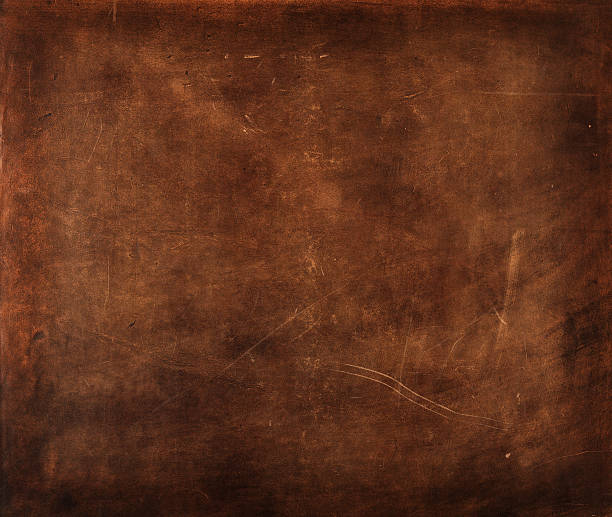
Common Myths About Leather Patina
While leather patina is widely celebrated for its beauty and uniqueness, there are several common myths and misconceptions surrounding this natural aging process. Let's debunk some of these myths to gain a better understanding of leather patina:
Myth 1: Patina Indicates Poor Quality Leather
One of the most prevalent myths is that patina is a sign of inferior or low-quality leather.
In reality, patina is a natural and desirable characteristic that develops over time in high-quality, full grain leather due to exposure to environmental elements and regular use.
Myth 2: Patina Can't Be Controlled or Prevented
While patina is a natural process that occurs organically, it can be influenced and managed to some extent through proper care and maintenance.
Conditioning, protecting, and handling leather goods with care can help enhance and preserve the patina, ensuring it develops evenly and beautifully over time.
Myth 3: Patina Is Permanent and Irreversible
While patina is a permanent change to the leather's appearance, it is not necessarily irreversible.
Professional leather cleaners and restorers have techniques and products available to mitigate or minimize the effects of patina, restoring the leather to its former glory if desired.
However, it's essential to approach restoration with caution to avoid damaging the patina or altering its character.
Myth 4: Patina Is Only for Vintage or Aged Leather
While vintage or aged leather often exhibits stunning patina, patina can develop on new leather goods as well.
With proper care and regular use, even newly acquired leather items can develop a beautiful patina over time, adding to their character and charm.
Myth 5: Patina Is Uniform Across All Leather Items
Each leather item develops a unique patina based on its usage, environment, and individual characteristics.
While certain factors, such as leather type and quality, may influence patina development, no two patinas are exactly alike.
Embracing the individuality of each patina adds to the allure and charm of leather goods.
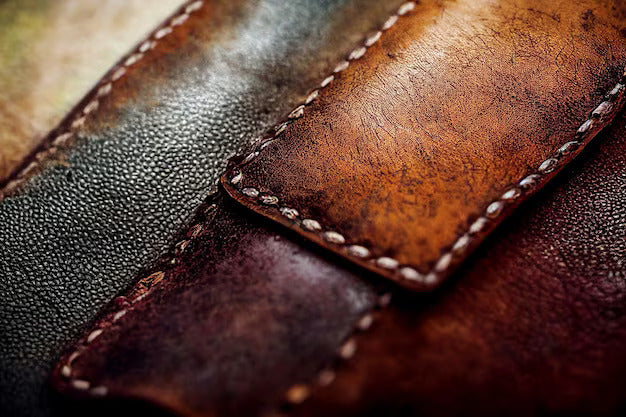
Can Other Materials Patina?
Yes!
Patina can refer to the ageing process of several materials such as wood, metal, stone, brass and copper.
The Statue of Liberty and the Eiffel Tower are the most famous examples of the patina effect in the world today.
The Statue of Liberty was brown when it was built in 1886.
Then the copper that the statue is made from reacted to its environment - sun, wind and rain.
After a few decades, a greenish hue developed.
The patina is the green coating you see today on the Statue of Liberty.
This green coating can be seen as a protective layer for the original copper underneath.
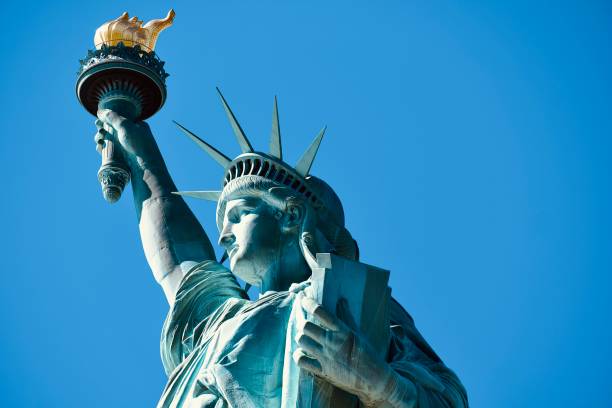
FAQs
1. What is leather patina?
Leather patina is the natural aging process that occurs in leather over time.
It involves changes in color, texture, and appearance as the leather interacts with its environment and is subjected to wear and use.
2. How does leather patina develop?
Leather patina develops through exposure to light, oils, moisture, handling, and environmental factors.
These elements cause chemical reactions within the leather, resulting in changes that give rise to the distinctive patina.
3. Which types of leather develop patina?
Full grain and top grain natural leathers are known for their ability to develop rich patinas due to their natural grain and minimal processing.
Full grain leather is the highest quality leather and likely to result in the best patinaed leather
Corrected grain and bonded leathers, which undergo more extensive treatments, are less likely to develop patina.
4. Can I control the development of patina on my leather goods?
While you can't fully control the patina process, you can influence it through proper care and maintenance.
Conditioning, protecting, and handling your leather goods with care can help enhance and preserve the patina's appearance.
5. Is patina reversible?
Patina is a permanent change to the leather's appearance, but it is not necessarily irreversible.
Professional leather cleaners and restorers may be able to mitigate or minimize the effects of patina, depending on the extent of the change.
6. How can I enhance the patina of my leather goods?
Regular use, conditioning, and protecting your leather goods can help enhance the development of patina.
Handling your leather items with care and avoiding harsh chemicals or excessive exposure to sunlight can also contribute to a beautiful patina.
7. Can I prevent patina from developing on my leather goods?
While you can't completely prevent patina from developing on leather, you can slow down the process by minimizing exposure to light, moisture, and other environmental factors.
However, embracing patina as a natural and desirable aspect of leather is often preferred by enthusiasts.
8. Is patina a sign of quality in leather goods?
Yes, patina is often regarded as a sign of high-quality leather.
It reflects the authenticity, durability, and natural origins of the leather, demonstrating its ability to age gracefully and develop character over time.
